What Are Scars?
It Could Be the Answer to Your Chronic Pelvic Pain!
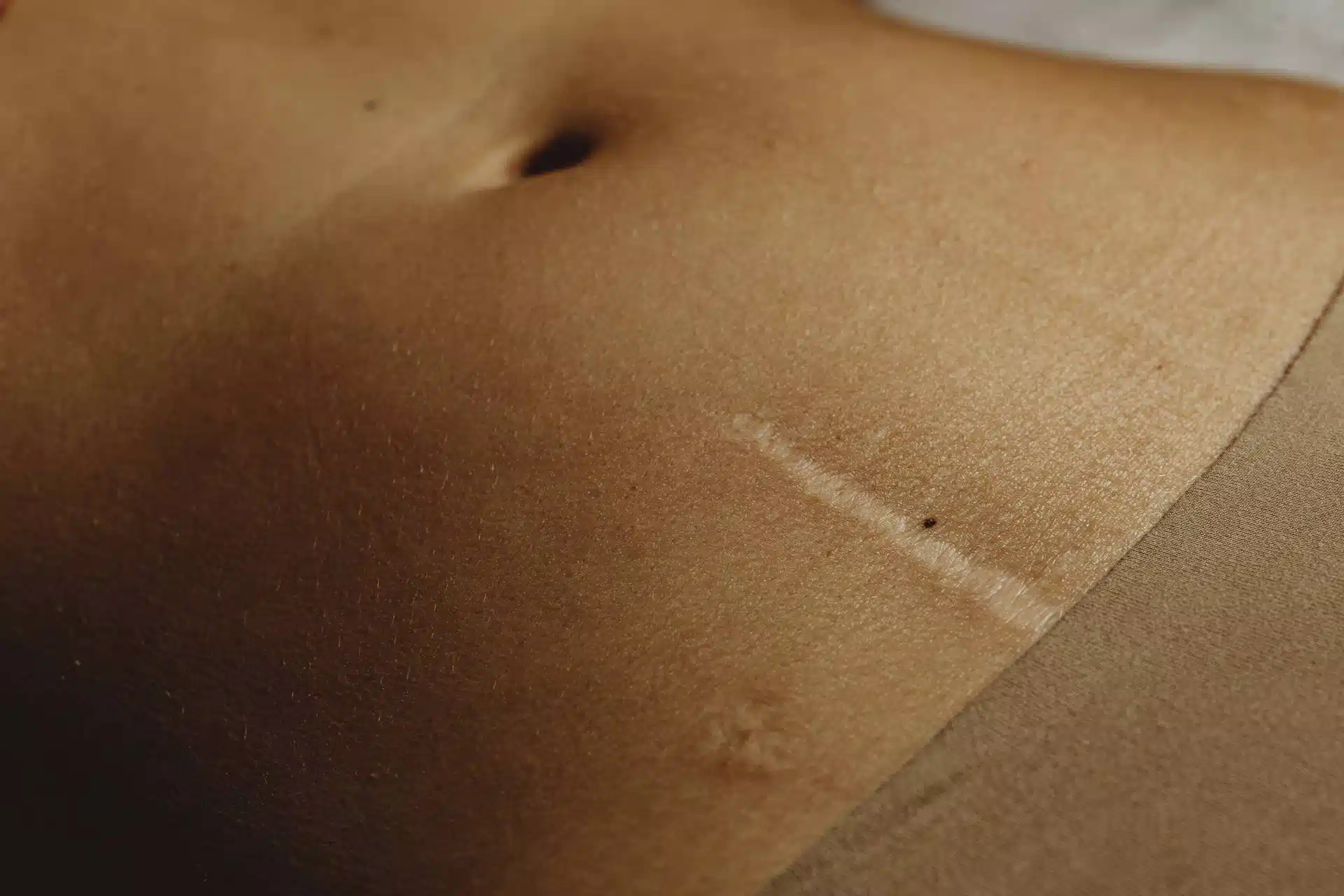
The Definition of Scar Tissue
We’re all used to the aesthetics of a scar on the surface of the skin. Most people have at least one scar. What isn’t more commonly known is that scars can actually grow deeper than the surface of the skin without any obvious puncture wounds. These types of scars are also referred to as adhesions.
Scars grow through our fascia, which is a type of connective tissue that runs through the whole body. It surrounds and binds muscles, organs, blood vessels, nerves and lymph nodes.
Imagine peeling a tangerine and seeing the white stuff that surrounds all the segments of the fruit and the individual juice sacs within the segments. Fascia is a bit like that inside our bodies.
Scars Can Form Without Breaking the Skin
I know this might sound a bit strange, but scars can form on the inside of the body without any cuts or tears to the skin. There are a few different ways that these types of scars can form.
Blunt trauma such as injuries from a fall or being hit can cause internal scarring, as well as repetitive movement. Such as repetitive strain injuries.
Even holding unnatural postures, such as spending a lot of time hunched over a computer, can cause the body to form scars that hold that posture in place and make it difficult to straighten the body.
Chronic inflammation from infections or food allergies can also cause scars in the guts and they can spread to other parts of the pelvis and abdomen too!
How Scars Grow
Scar tissue is made from collagen proteins, secreted by a particular type of cell called a fibroblast. These proteins form a web that knits tissues together.
For wounds on the surface of our skin it stops pathogens from entering our bodies and it stops our insides from spilling out.
When the wound has fully healed the fibroblasts stop creating collagen, though sometimes they don’t get the message to stop and continue producing collagen even though the wound has fully healed.
Scars on the surface of the skin can get thick and gnarly. Scars below the skin can grow like tentacles stretching down through our body.
When we repeatedly move our bodies in a certain way or hold particular postures for long periods of time, the fibroblasts can be activated to start producing collagen through the fascia of the muscles. This causes the fascia to thicken and tighten. It’s almost like the body has decided a new ligament or tendon is needed to support this new movement or posture.
Like the process of wound healing these collagen structures or scars, can continue to grow in tendrils throughout the body. Adhering muscle to other parts of the body such as organs and blood vessels.
If there is chronic inflammation due to an infection or an allergic reaction, the same process can occur. The fibroblasts create a collagen net around the infected or inflamed area to keep the pathogens contained and to support the inflamed tissue. This allows the body time to create more antibodies to fight the infection.
Unlike the other types of scars, our immune system breaks down these structures as it clears up the infection. However sometimes pockets of scar tissue are left behind and in some cases continue to grow.
How Scars Affect Us
Scars that have gone rogue can grow in places that they aren’t needed; impinging on our nerves, tightening our muscles and strangling our blood vessels, lymph, and organs.
This can lead to numbness, pain, swelling and restrictions of movement. It can also hurt organ function, such as impinging bowel movements.
If a scar has formed due to an infection then the pathogens can sometimes get trapped in this scar tissue web, creating a reservoir of infection that the immune system is unable to reach.
The Emotional Impact of Scars
Often there’s an emotional component to scars. Physical trauma can create emotional trauma. Negative emotions can get attached to scars, not just because of the injury itself, but also from upsetting experiences during recovery.
Emotions can also create and affect internal scars. When we feel intense emotions our muscles can contract or flex. This can tug on any existing internal scars. This is one of the reasons we feel pain sometimes when we’re feeling intense emotions. If this happens often enough the fibroblasts can start to create collagen webs around these muscles and create further scarring directly from the emotional experience.
Don’t Let This Information Worry You
All this might sound very scary. The image of scars taking over our bodies might feel like a horror movie, but that usually isn’t the case. More often than not, scars behave themselves and do more good than harm.
But if you have unexplained pain, numbness and loss of function that doctors can’t explain, especially if you have had an injury, infection or surgery, then it’s likely that a scar is at the core of the problem.
It isn’t easy for doctors to diagnose rogue scarring without investigative surgery (especially for internal scars), and the surgery to find and remove the scars leads to more scars growing back over time.
Even keyhole surgery can cause internal scarring, despite being minimally invasive as there are very small puncture wounds in the skin.
There are many types of bodyworkers, like myself, who can not only feel the scars under the skin, but they can also apply massage techniques that can help to break down the scars and resolve the issues.


How to do Anal Massage Post Prostate Cancer Surgery
with Victoria Cullen

Case Study: Libido Restored Post Prostate Surgery!
with Victoria Cullen

Feeling Pleasure After Trauma
with Cam Fraser

What is Traumatic Dissociation?

Turning Down the Dial on Anxiety

Things to be Wary of When You are Experiencing Premature Ejaculation

How to Overcome Premature Ejaculation

Premature Ejaculation is Not a Disease!

The Dark Side of Make-Up Sex

How I Learned to Manage My Panic Attacks

Are You Worried About Your Libido?

Combining EMDR and Scar Remediation
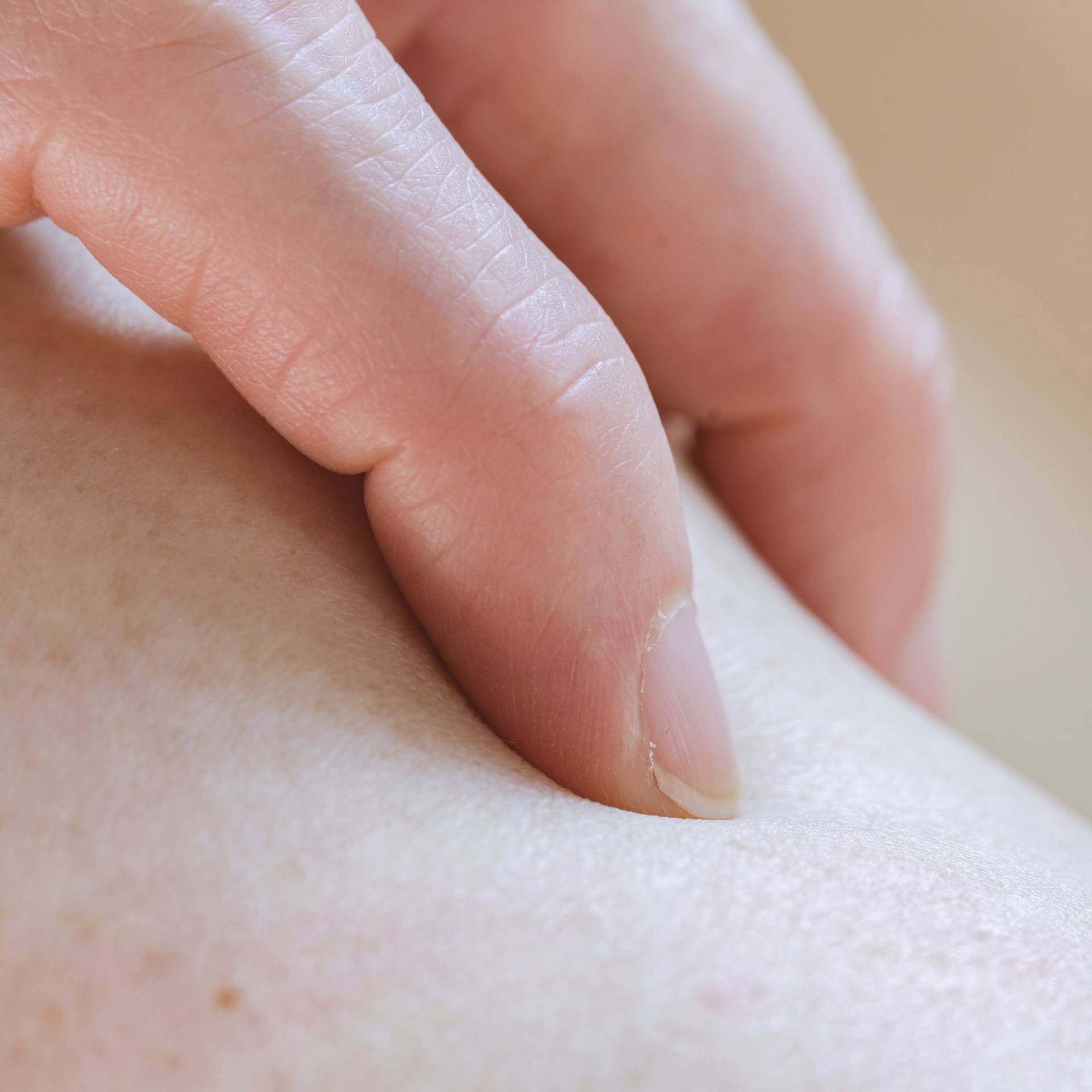
What is Scar Remediation?
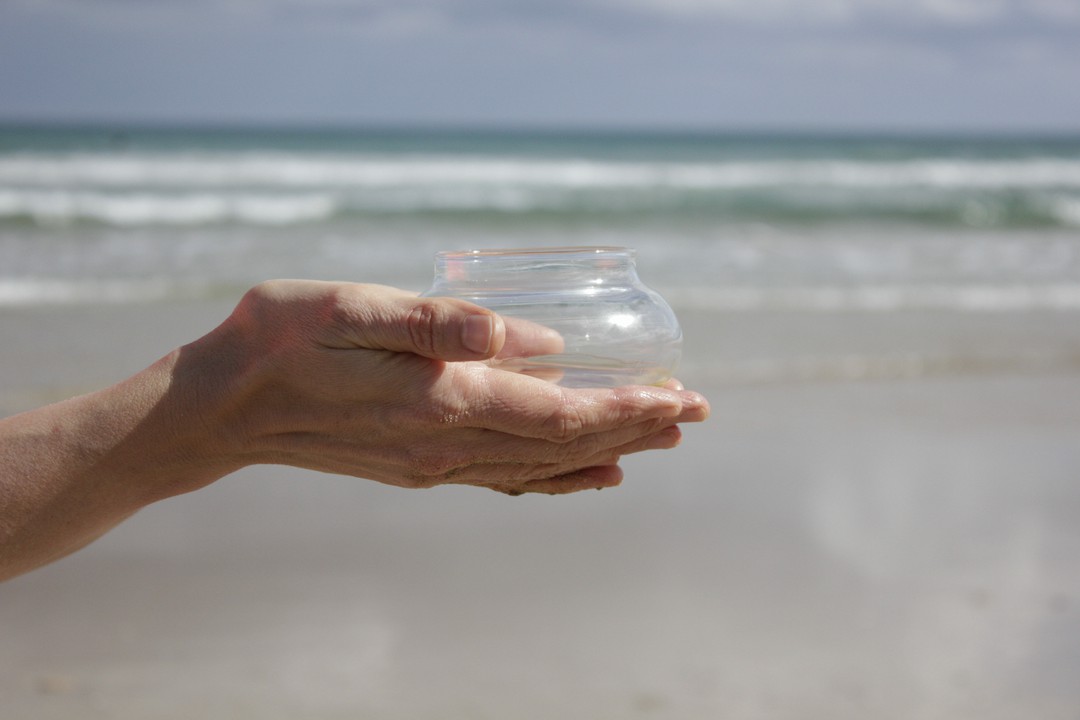
How to Make an Organic Castor Oil Pack to Treat Scar Tissue

What Are Scars? It Could Be the Answer to Your Chronic Pelvic Pain!
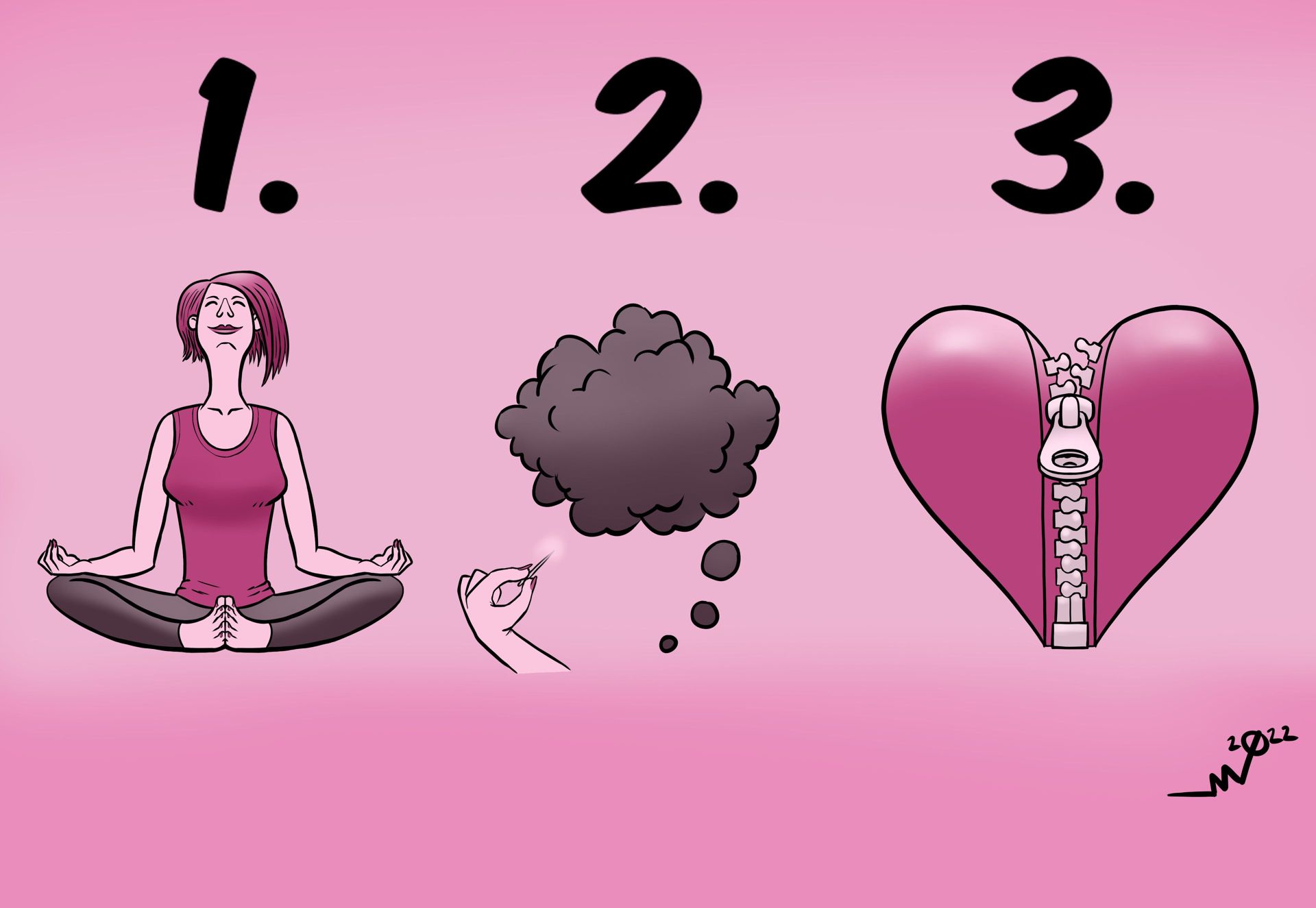
The Three Phases of Trauma Therapy

What is EMDR Therapy?
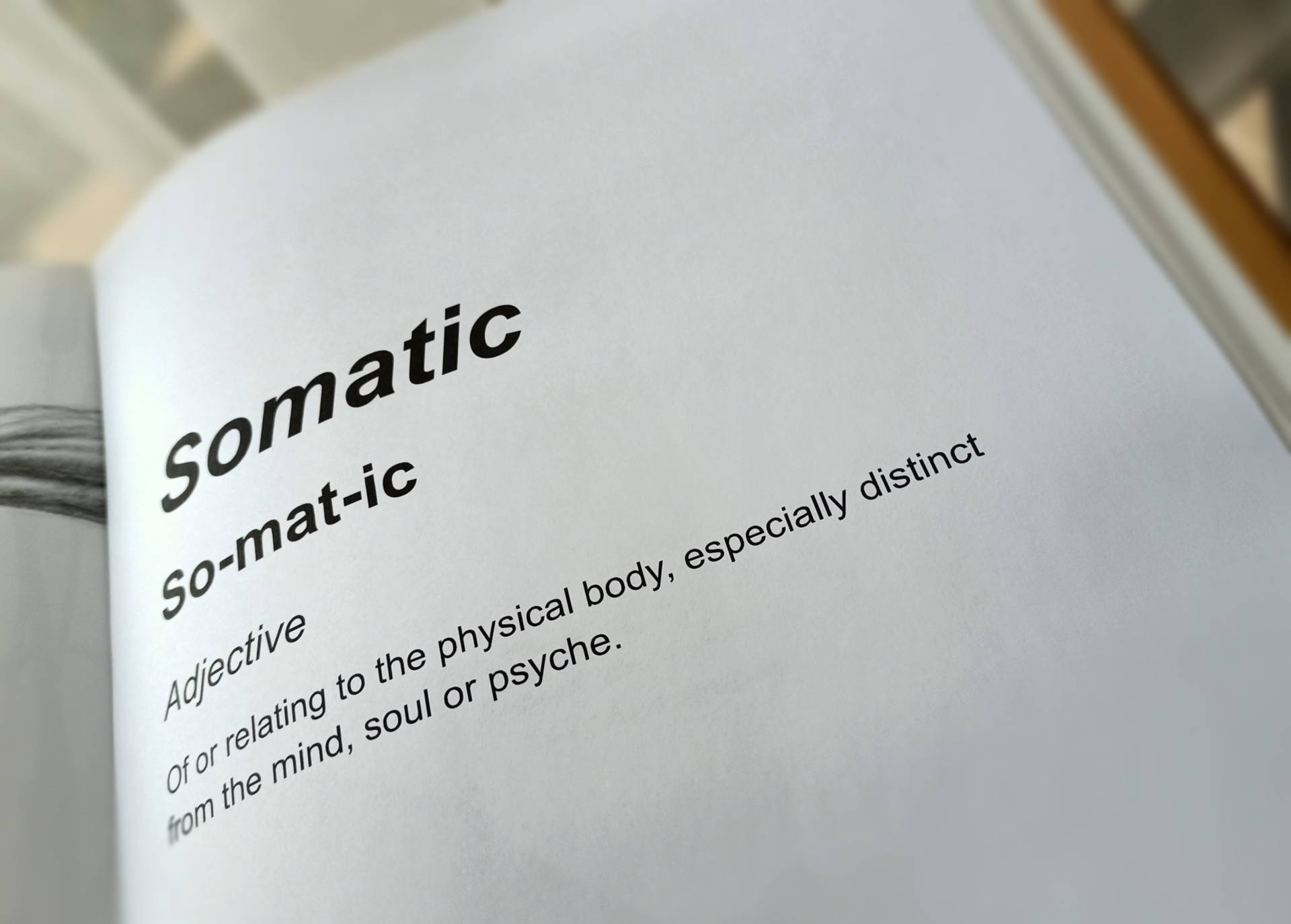
What is Somatic Sex Therapy?
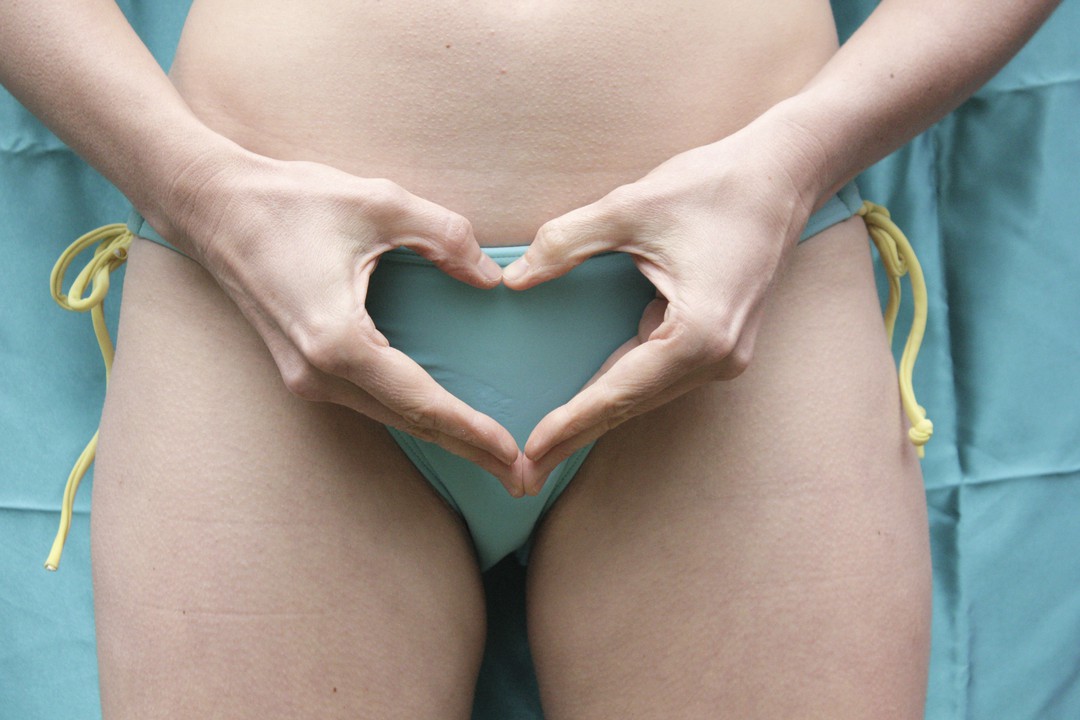
What is Sexological Bodywork?

How to Resolve Pelvic Pain, Erection Challenges and Ejaculatory Issues Holistically
with Rahi Chun

Why I love guys who can't get it up
with Georgie Wolf

Sexual Healing
with Sean Nicholas

What Can I Do About My Protruding Inner Labia?
with Charlotte Sway & Roger Butler

Why Are Men Such Dicks?
with Charlotte Sway & Roger Butler

Can You Teach People How To Touch?
with Charlotte Sway & Roger Butler

